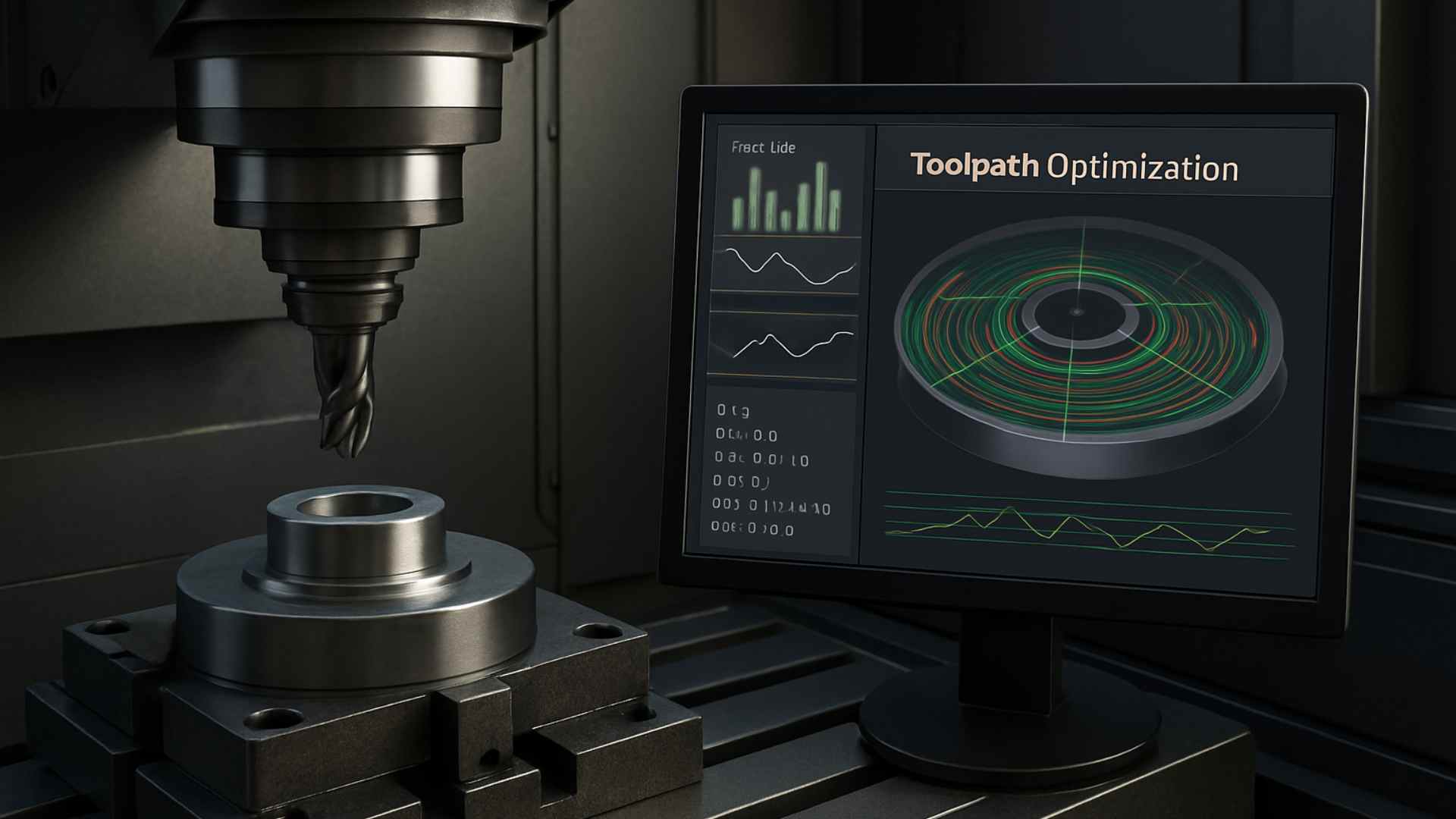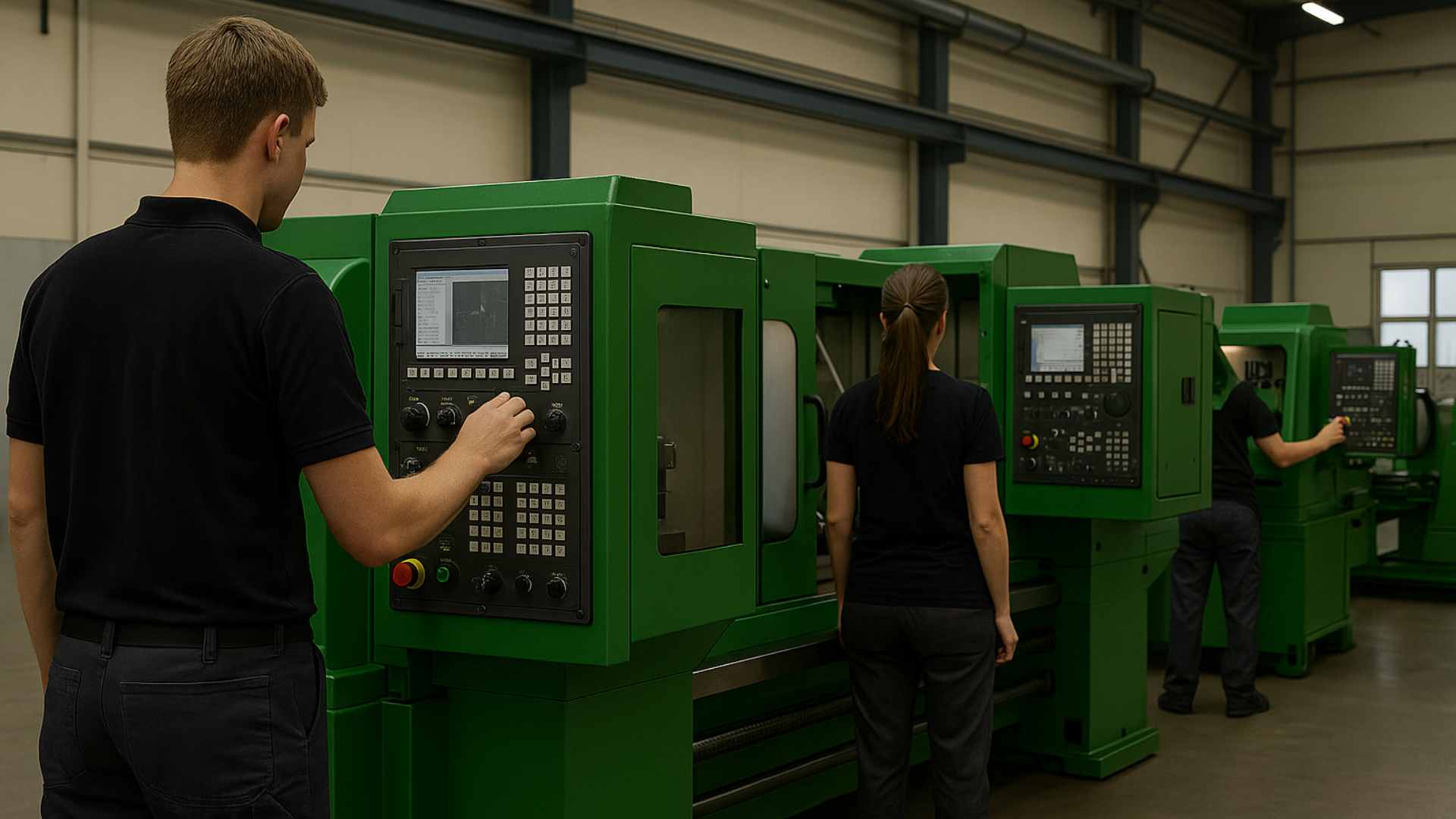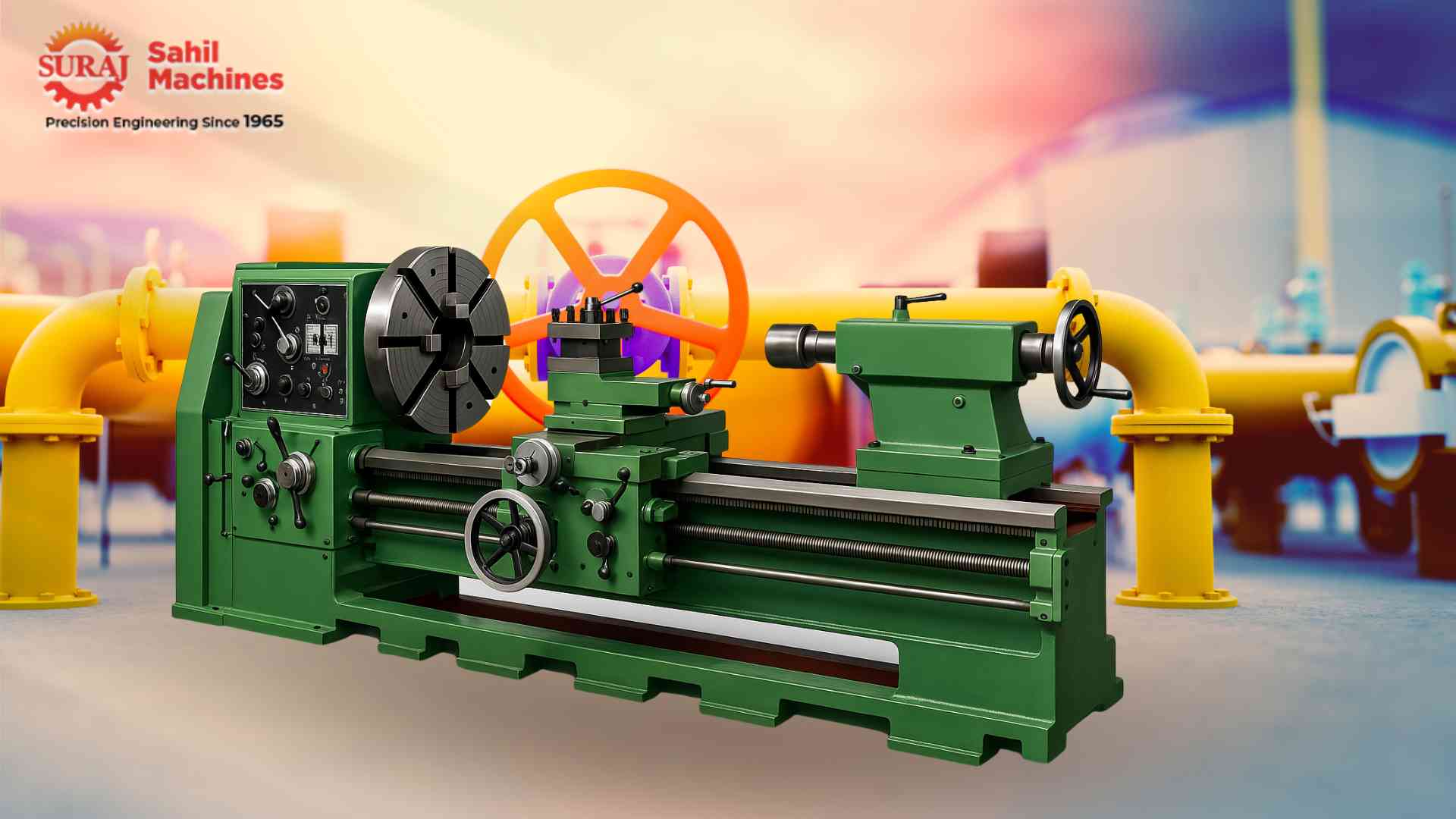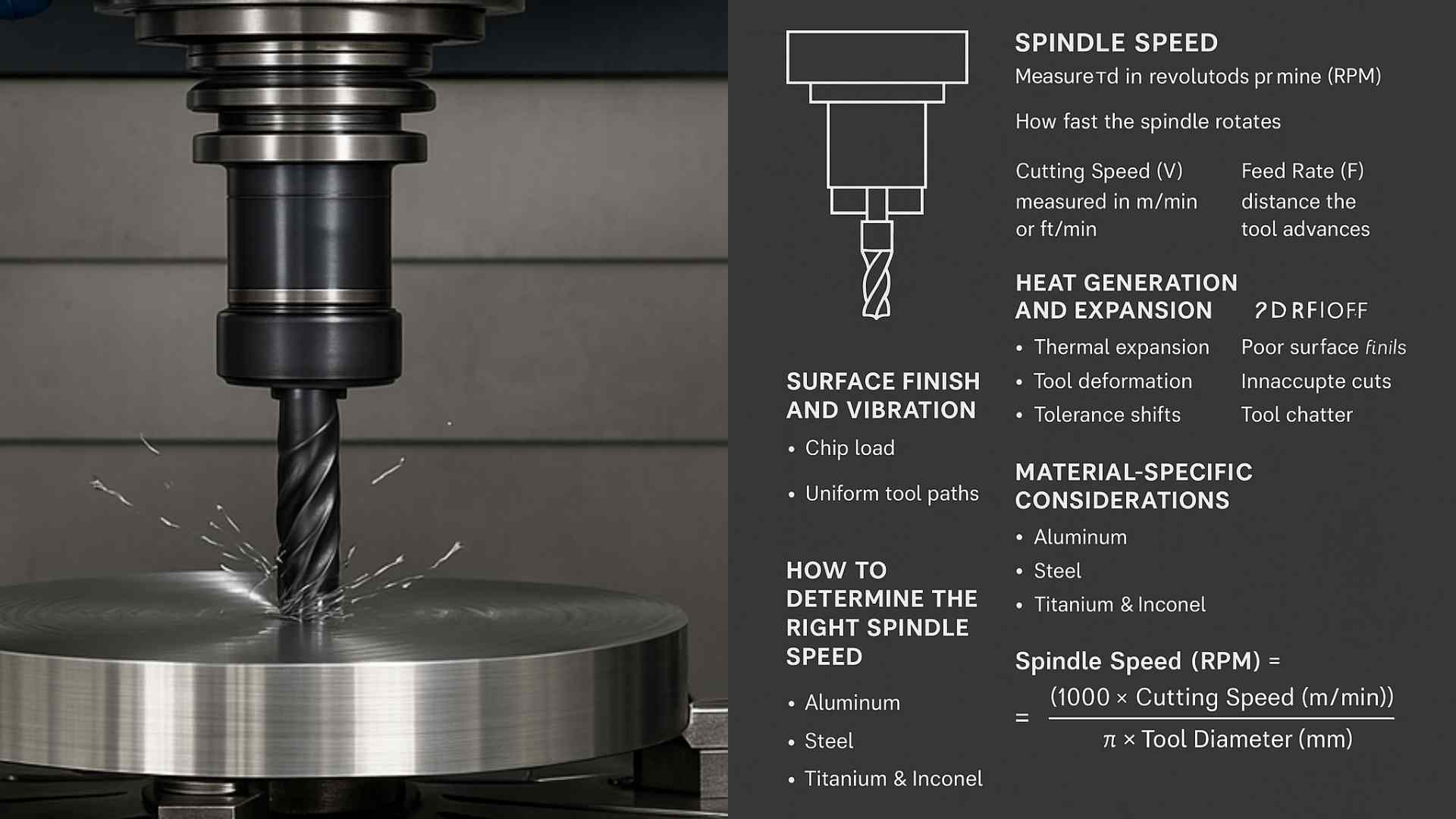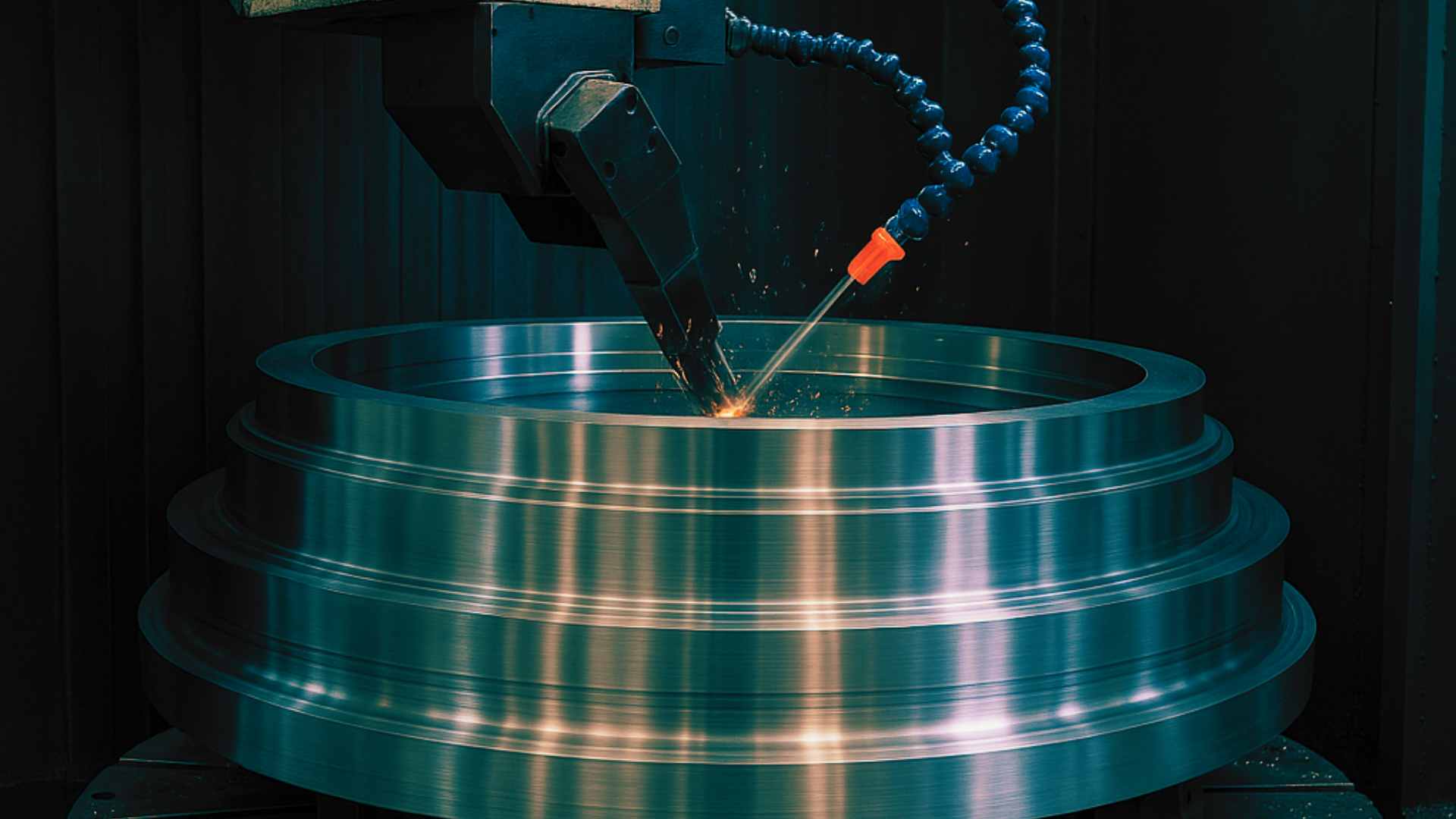The Influence of Cutting Tool Coatings on Machining Speed and Surface Finish
Explore the role of cutting tool coatings in machining processes, including their impact on cutting speed, surface quality, heat resistance, and overall efficiency in metalworking.
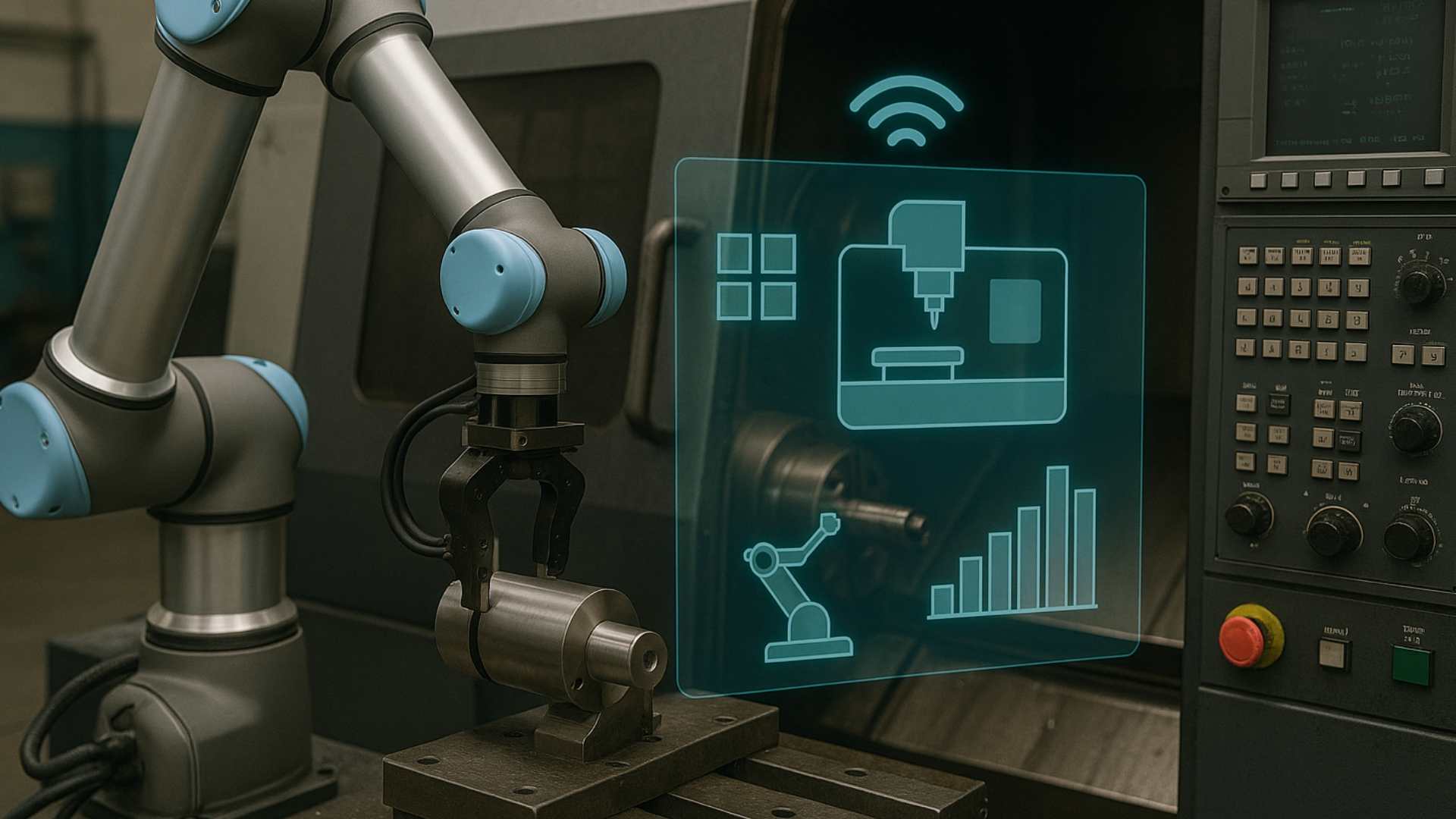
July 09, 2025
Share:
In the competitive world of modern manufacturing, achieving precision while maximizing efficiency is essential. Cutting tool coatings play a vital role in helping machinists strike that delicate balance between machining speed and surface finish. These coatings are engineered to extend the tool life, improve heat resistance, and enhance overall machining performance.
Cutting tools, whether carbide inserts or high-speed steel (HSS), are often coated with advanced materials to tackle the high demands of contemporary machining. But how exactly do these coatings influence both speed and surface quality? Let's dive into how the right cutting tool coatings can make all the difference.
The Role of Cutting Tool Coatings
Cutting tool coatings are thin layers of specialized materials that are applied to the surface of tools to increase their wear resistance, reduce friction, and improve heat resistance. This process allows manufacturers to achieve better machining outcomes, whether it's improving surface finish or accelerating production speeds.
Common coating methods like Physical Vapor Deposition (PVD) and Chemical Vapor Deposition (CVD) ensure that the tool retains its integrity even in the most demanding applications.
Among the different types of coatings, Titanium Nitride (TiN), Titanium Aluminum Nitride (TiAlN), and Aluminum Titanium Nitride (AlTiN) are among the most widely used. These coatings are well known for their hardness, wear resistance, and ability to handle extreme temperatures, making them ideal for a variety of materials such as steel, cast iron, and titanium alloys.
How Cutting Tool Coatings Affect Machining Speed
One of the most significant benefits of tool coatings is their ability to increase machining speeds. Cutting processes, especially those that involve high-speed machining, generate heat at the cutting edge. Coatings like TiAlN provide a protective layer that minimizes heat buildup, ensuring the tool can maintain its sharpness even at elevated temperatures.
This thermal stability enables the tool to cut faster, thus increasing overall machining speed without sacrificing quality.
Additionally, coated tools have a smoother surface, which reduces friction between the tool and the workpiece. This lower friction translates into more efficient cutting, allowing machinists to push the limits of speed without worrying about excessive tool wear.
Improved tool life: By reducing wear and tear on tools, coatings allow for more efficient and longer-lasting performance.
The reduced friction also plays a crucial role in minimizing built-up edge (BUE), a phenomenon where material from the workpiece sticks to the tool. By preventing BUE, coatings allow for cleaner cuts, which means the tool can work at high speeds for extended periods without degrading in performance.
Influence of Coatings on Surface Finish
In addition to boosting speed, cutting tool coatings have a significant impact on the quality of the surface finish. A fine surface finish is crucial in many industries, including aerospace and automotive, where high standards of quality are expected.
Coated tools contribute to achieving smooth, consistent finishes in a variety of ways:
- Enhanced chip flow provided by coatings reduces the chances of chips re-entering the cutting zone, preventing surface damage.
- Consistent cutting edge geometry ensures that the tool performs uniformly, even under intense conditions.
Reduced surface roughness: Coatings help achieve smoother cuts by preventing damage to the workpiece during machining.
Applications and Industry Impact
Coated cutting tools are indispensable across various industries, particularly in sectors where precision is critical:
- Aerospace: Tools with coatings handle tough materials like titanium and Inconel with better heat management and tool stability.
- Automotive: Coated tools ensure uniformity across high-volume production runs and reduce tool changeovers.
- Medical Device Manufacturing: Precision cutting of delicate materials with smooth finishes that meet strict quality standards.
Economic Benefits of Cutting Tool Coatings
While the initial cost of coated tools may be higher than uncoated alternatives, the long-term economic benefits are undeniable:
- Extended tool life reduces the frequency of replacements and tool-related downtime.
- Faster production cycles increase profitability and throughput.
- Reduced coolant usage, especially in dry machining, leads to savings and environmental benefits.
- Fewer tool failures mean fewer rejected parts and reworks.
Conclusion
Cutting tool coatings have become an essential part of modern machining, offering unparalleled improvements in both machining speed and surface finish. By enhancing wear resistance, reducing friction, and providing superior heat management, coatings allow machinists to push the limits of efficiency without compromising on quality. As industries continue to demand higher precision and faster production, cutting tool coatings will remain a crucial factor in achieving these goals.
Explore More from Sahil Machines
FAQ
Coated cutting tools improve tool life, reduce friction, and offer better heat resistance. This allows for faster cutting speeds, reduced wear, and improved surface finish, making them essential for high-performance machining.
Coated tools are versatile but are especially effective for machining hard materials like stainless steel, titanium, and high-temperature alloys. It's essential to choose the right coating based on the material being machined.
Coated tools last significantly longer than uncoated tools, thanks to their enhanced wear resistance and thermal stability. This reduces the need for frequent tool changes and maintenance.
Yes, coated tools are designed to improve both the speed and quality of machining operations. They ensure smoother cuts, reduce surface roughness, and provide a cleaner finish, especially in high-precision applications.
Yes, the initial cost of coated tools is higher. However, their extended tool life, faster cutting speeds, and reduced maintenance costs provide a strong return on investment over time.
Follow Us:
Latest Posts
Get in touch with us about anything.
Connect with our team to explore the alloy solutions and machinery expertise you need.

